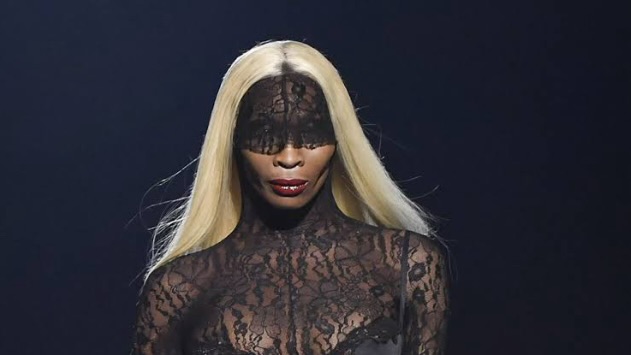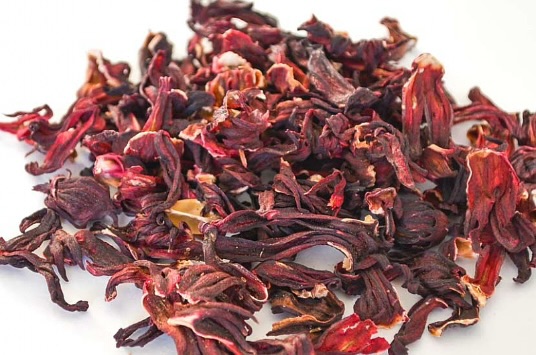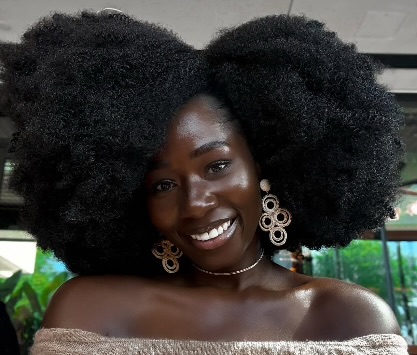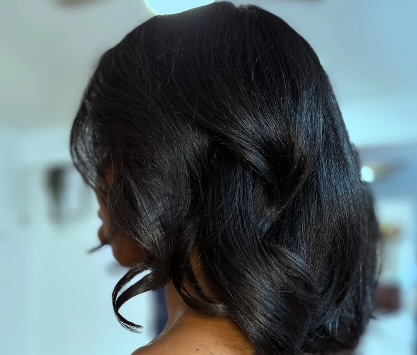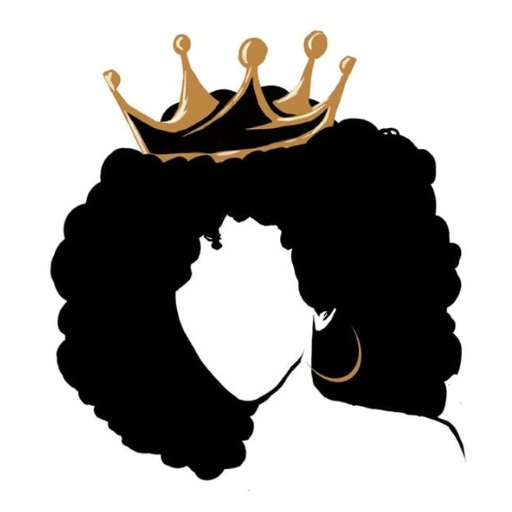For decades, the fashion industry has positioned itself as the pinnacle of beauty and creativity, yet when it comes to caring for Black hair, glaring gaps remain.
Despite progress in conversations around diversity and inclusion, the neglect of textured hair on runways and in editorial shoots continues to reveal an uncomfortable truth: Black beauty is still often treated as an afterthought.
Models like Nick Joesten and Angëër Amol have been vocal about their experiences, shedding light on what happens behind the glamour of fashion weeks and glossy magazines.
Too often, Black models are left to fend for themselves when hairstylists lack the training, or the willingness, to work with natural textures. The result ranges from poorly executed styles to outright damage, a reality that underscores how the industry still sidelines Black hair care as “too difficult to touch.”
This neglect goes beyond bad hair days. It reflects systemic issues tied to Eurocentric beauty standards, where straight, smooth hair has historically been celebrated as the ideal. For Black models, this lack of preparation by professional teams not only creates emotional stress but also communicates a deeper message: that their natural features are incompatible with high fashion.
Some models arrive backstage with their hair already styled, knowing the stylists provided won’t be equipped to handle curls, coils, or locs. Others carry their own products and tools, an added burden their white counterparts rarely face. The situation not only highlights the lack of education in fashion hair artistry but also exposes the industry’s resistance to change despite the wealth of talent in the Black beauty community.
Industry leaders and advocates argue that the solution requires structural change. Hairstyling education must incorporate textured hair care as a non-negotiable standard, not an optional skill. Brands and agencies must also commit to hiring diverse hair professionals who bring expertise across all textures. Until then, the cycle of neglect will continue to undermine the very inclusivity fashion claims to embrace.
By amplifying the voices of models like Joesten and Amol, the industry has an opportunity to confront its shortcomings head-on. Black hair is not too complicated, too unruly, or too niche, it is beautiful, versatile, and deserving of the same respect as any other texture. Addressing this neglect is not just about good styling; it’s about dismantling long-held biases and honoring the full spectrum of beauty that makes fashion truly global.
